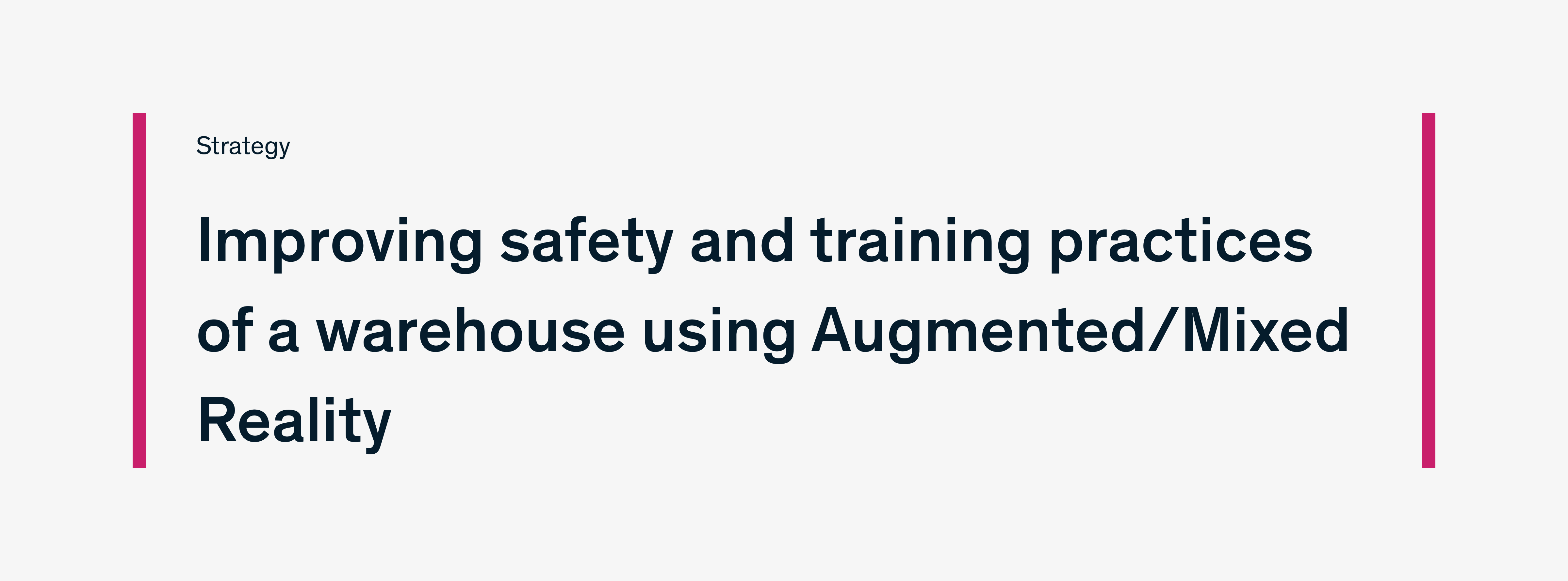

A warehouse is a complicated place with many moving parts like sorting line, forklifts, operators, and pallet area. Irrespective of the warehouse's size and type (semi-automated or fully automated), it requires a considerable amount of manual effort to safely and efficiently run day-to-day operations. New-age tech like Augmented Reality has great potential to improve the warehouse operation's safety and efficiency. This case study will explore one of the use cases related to it.
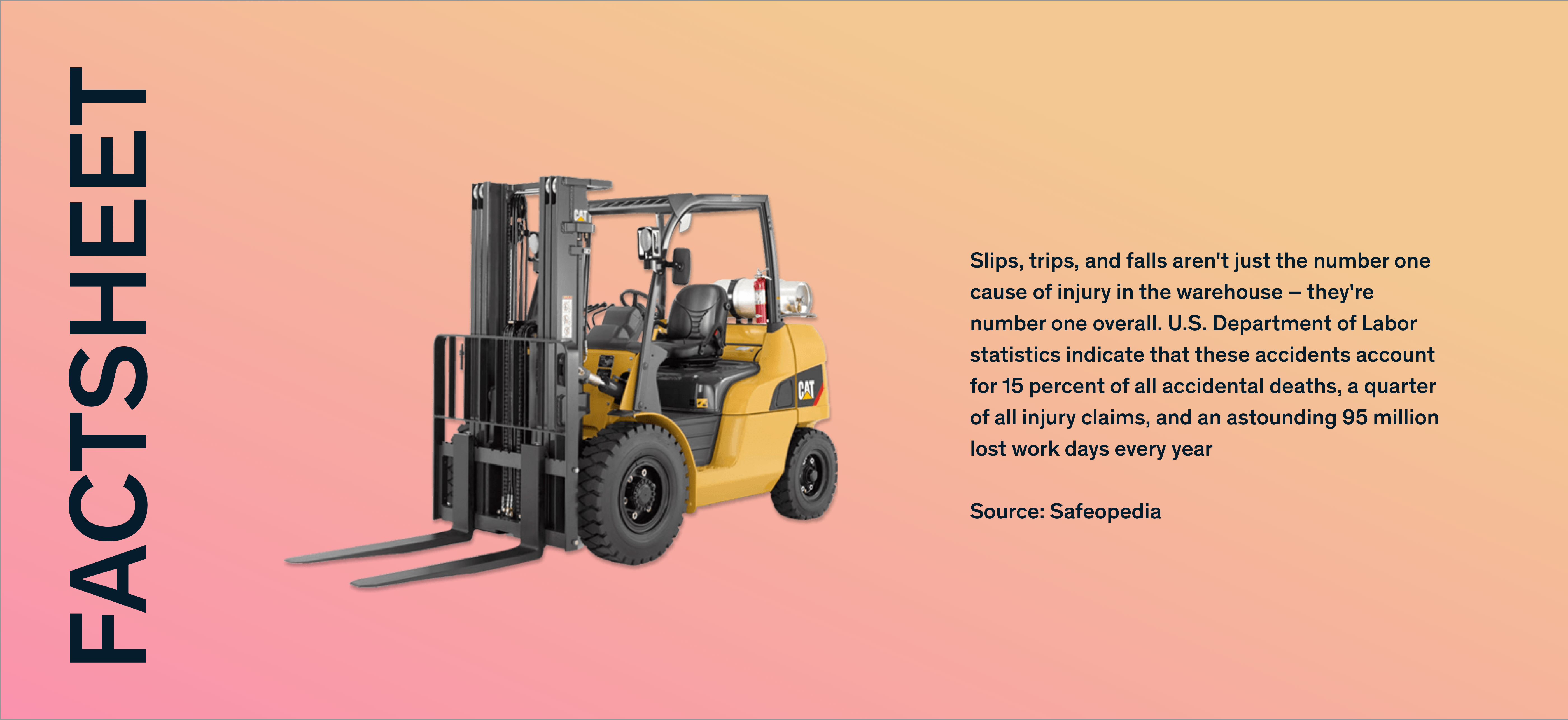
While working on one warehouse management solution, I realized that most warehouse operations rely heavily on hardware designed 20-30 years back. This observation presented an opportunity to explore the advances in augmented reality technology to improve warehouse efficiency.
While researching enterprise products around augmented reality space, I came across Microsoft Hololens, which Microsoft had just released its first version at the time of this experiment. Looking at the potential of Hololens, I presented my case to senior leadership, explaining a need to perform a test and learn experiment to evaluate the compatibility of Microsoft Hololens with our product stack.
Hypothesis: We can reduce warehouse operations cost and improve efficiecy using Augmented Reality (through Microsoft Hololens)
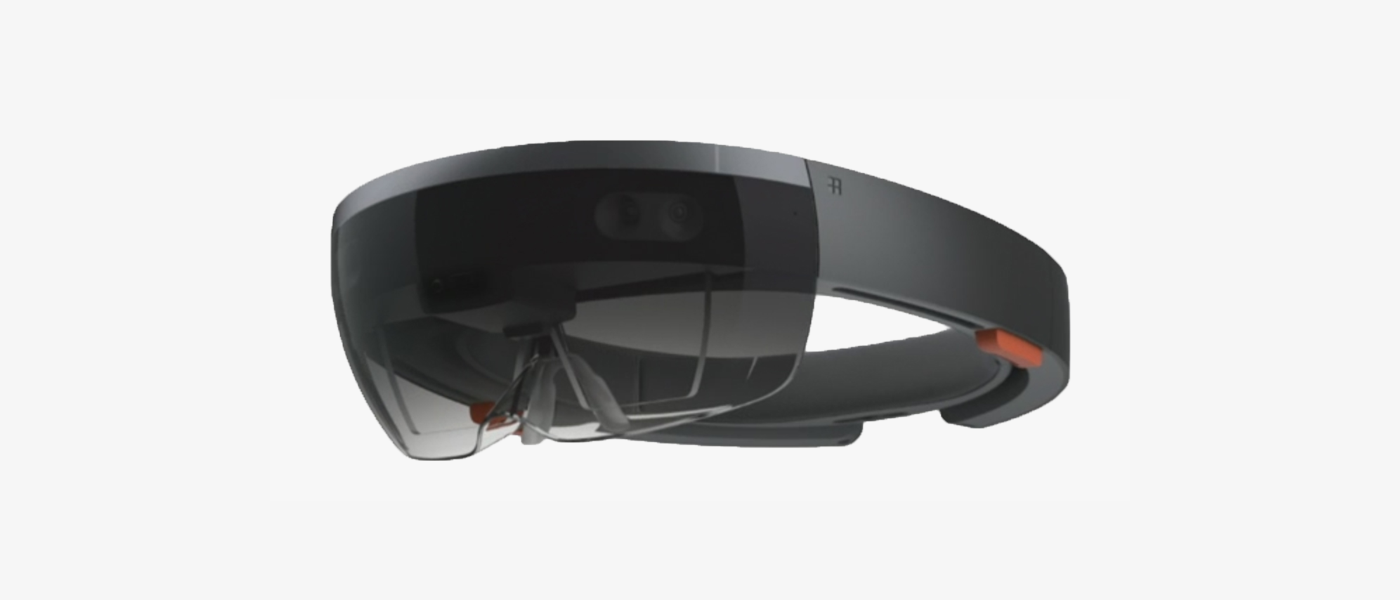
We did a brainstorming session to list all possible use cases that we could try out, focussing on warehouse operations and efficiency. The team generated close to 10 use cases, and we prioritized the top two by ranking them against many business attributes like business alignment, algorithmic complexity, ease of implementation, etc.
Two identified use cases: Training and Storage Feasibility
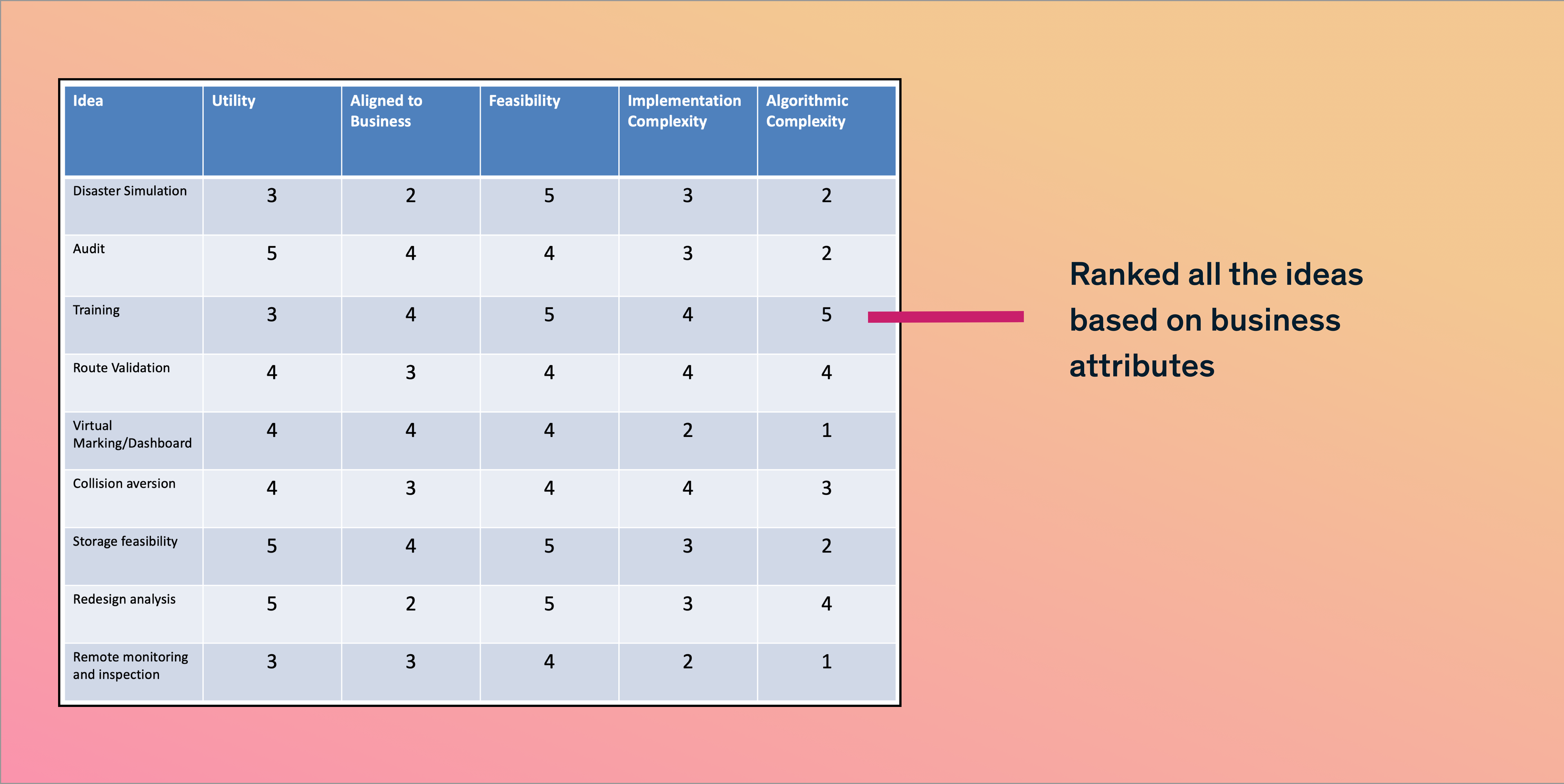
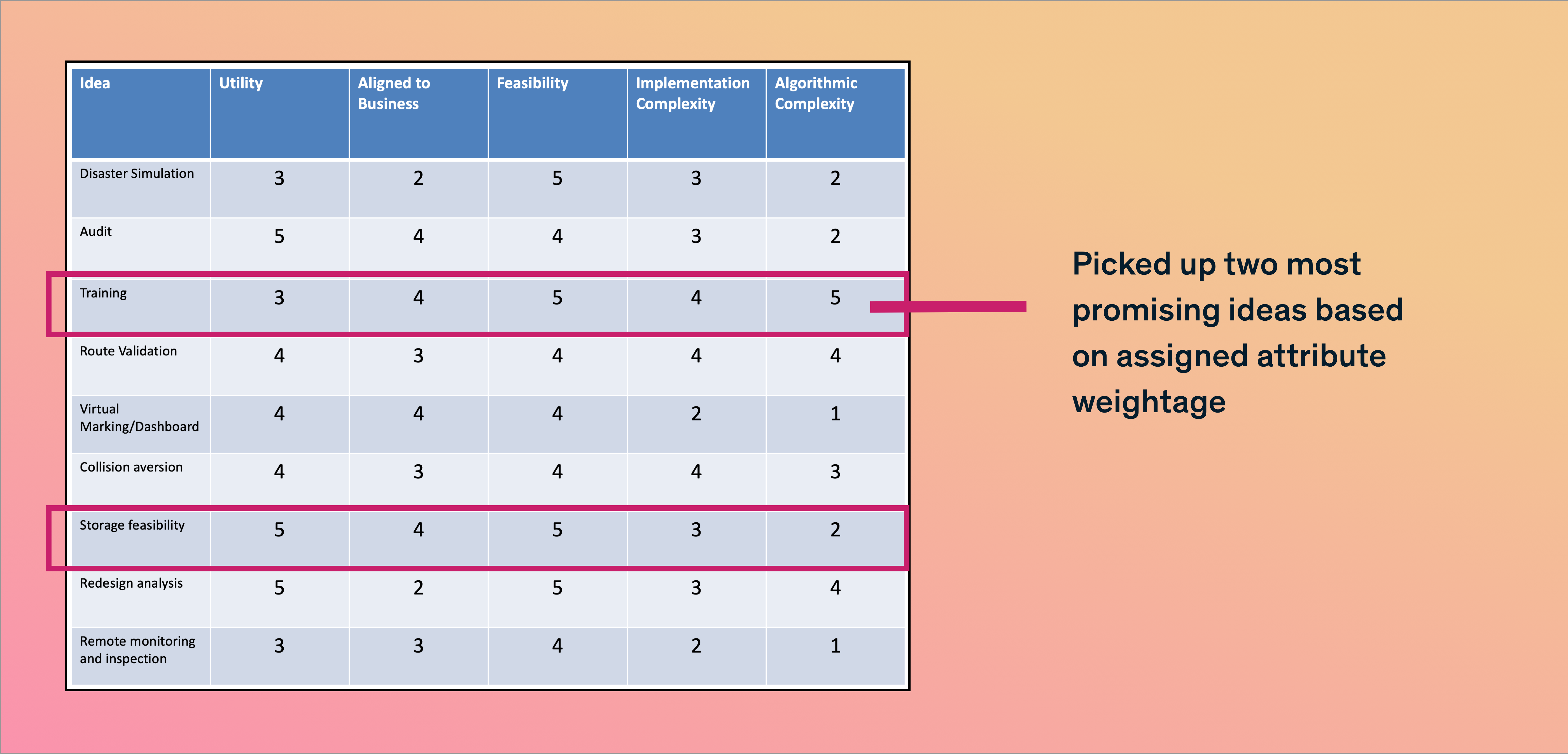
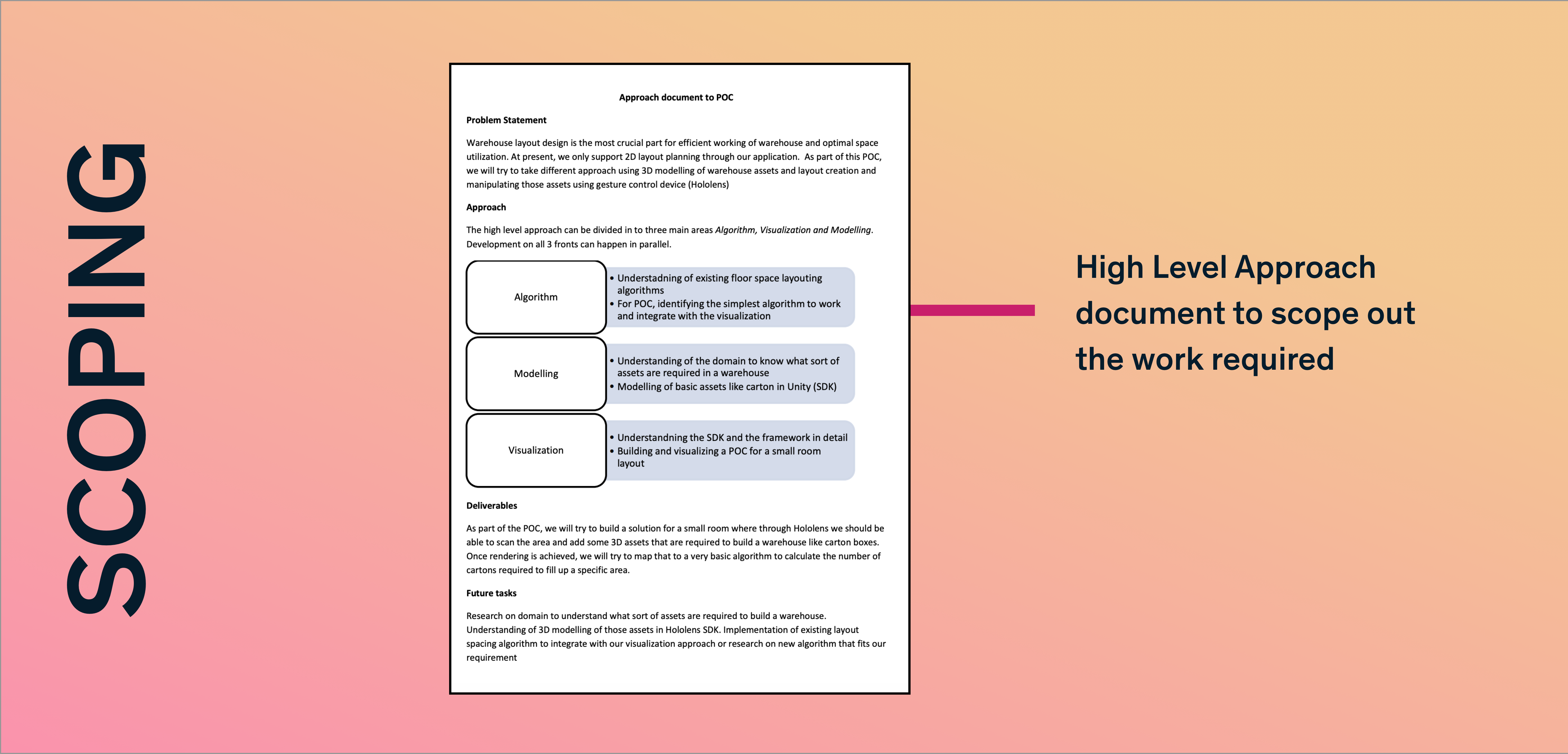
Hololens hardware costs around $3000, which is a significant investment in the experimentation phase. Hence, I started building models on an emulator for the initial round of testing. We managed to get access to hardware for real-world testing later.

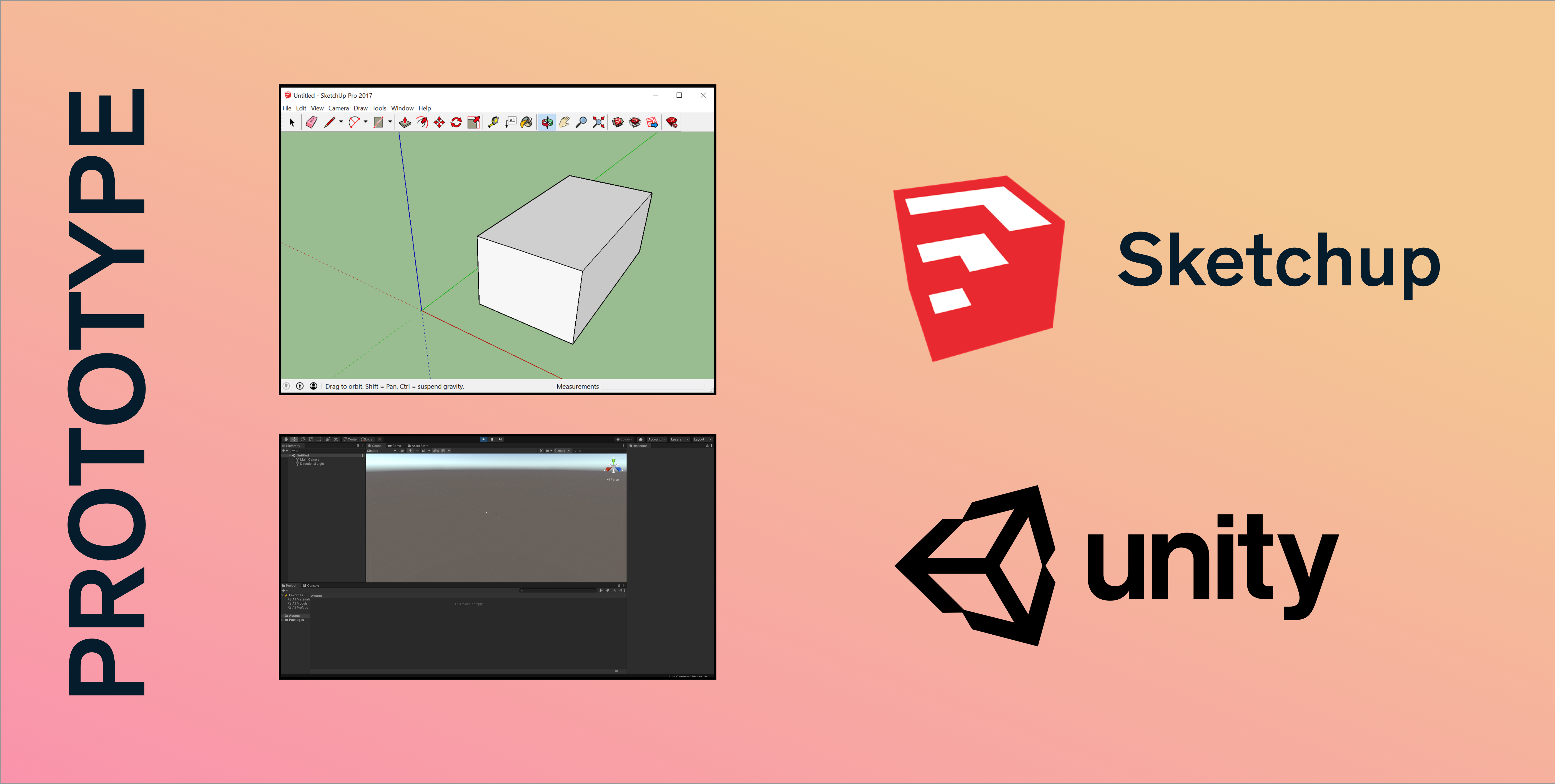
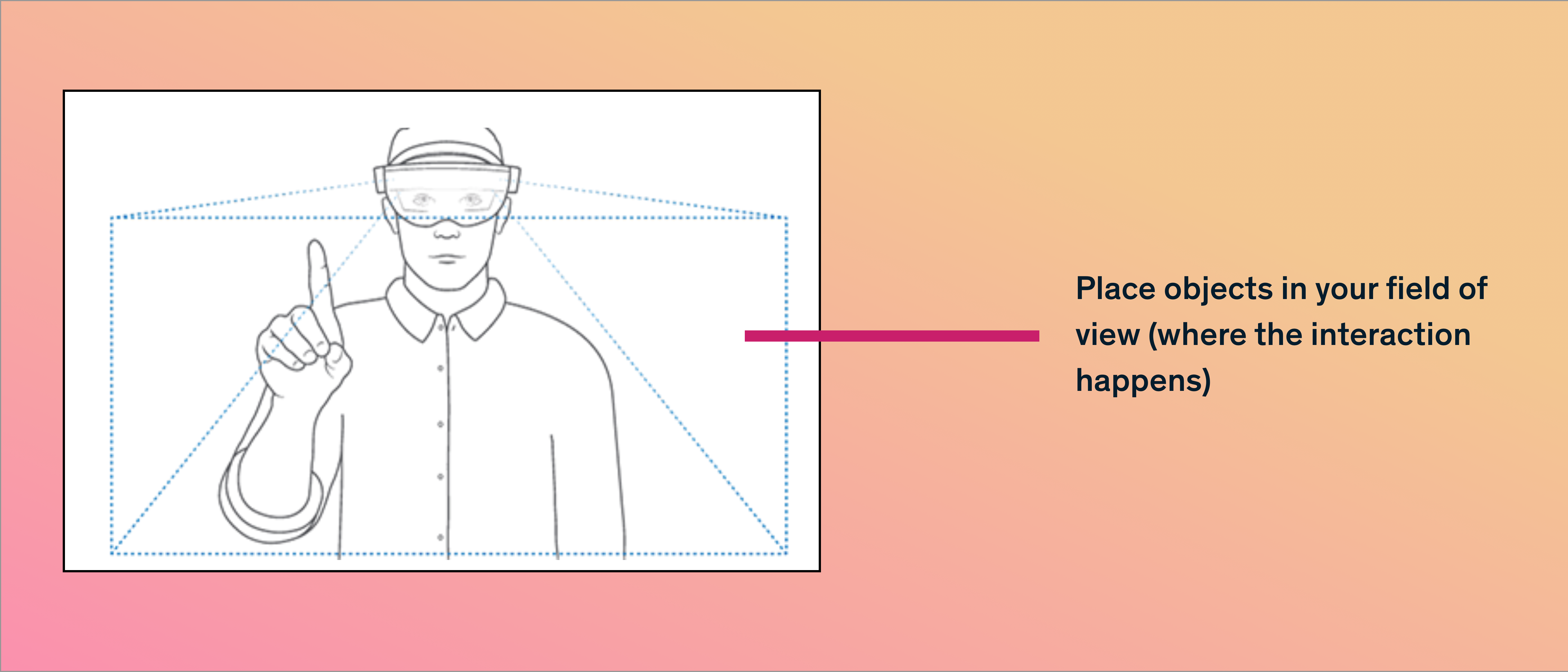
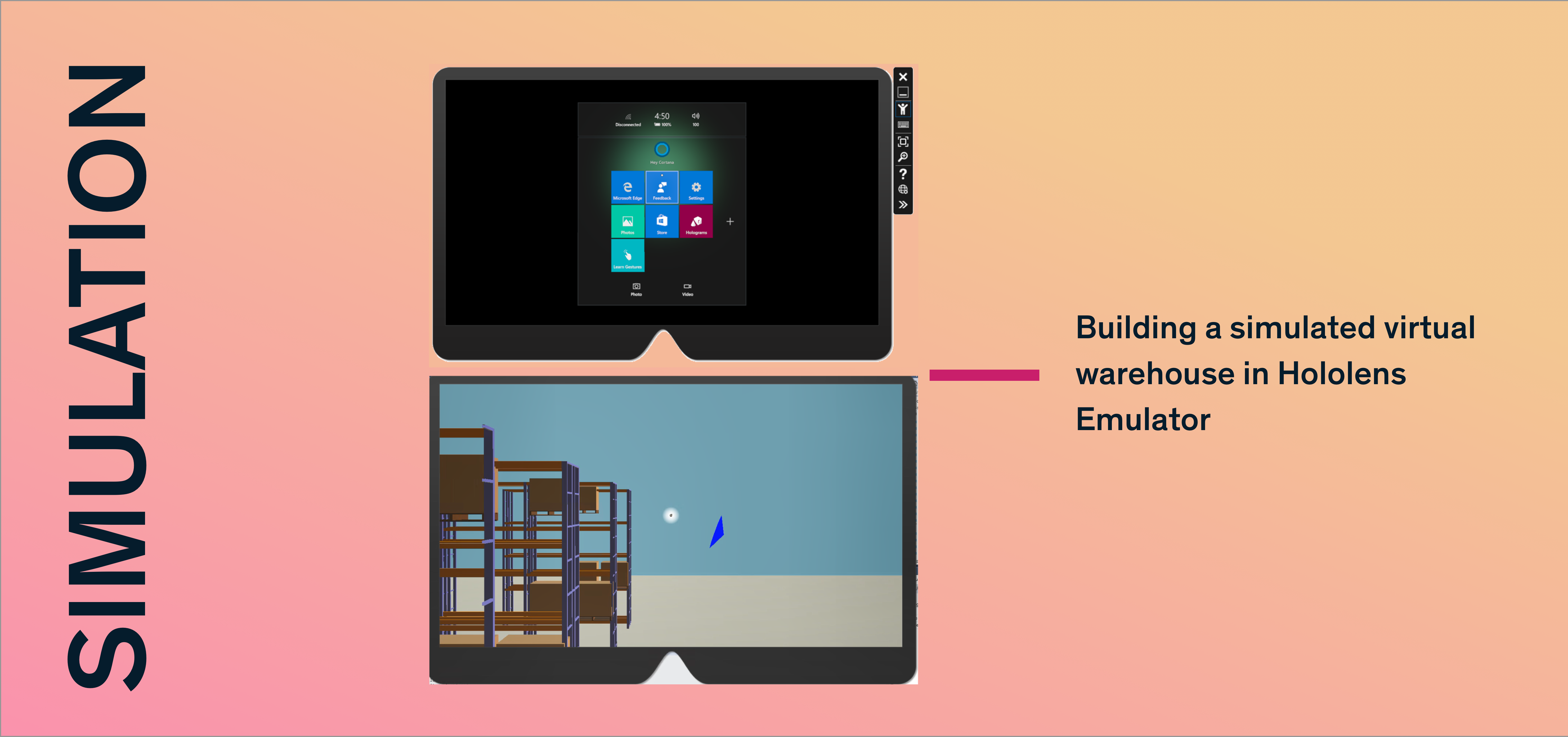
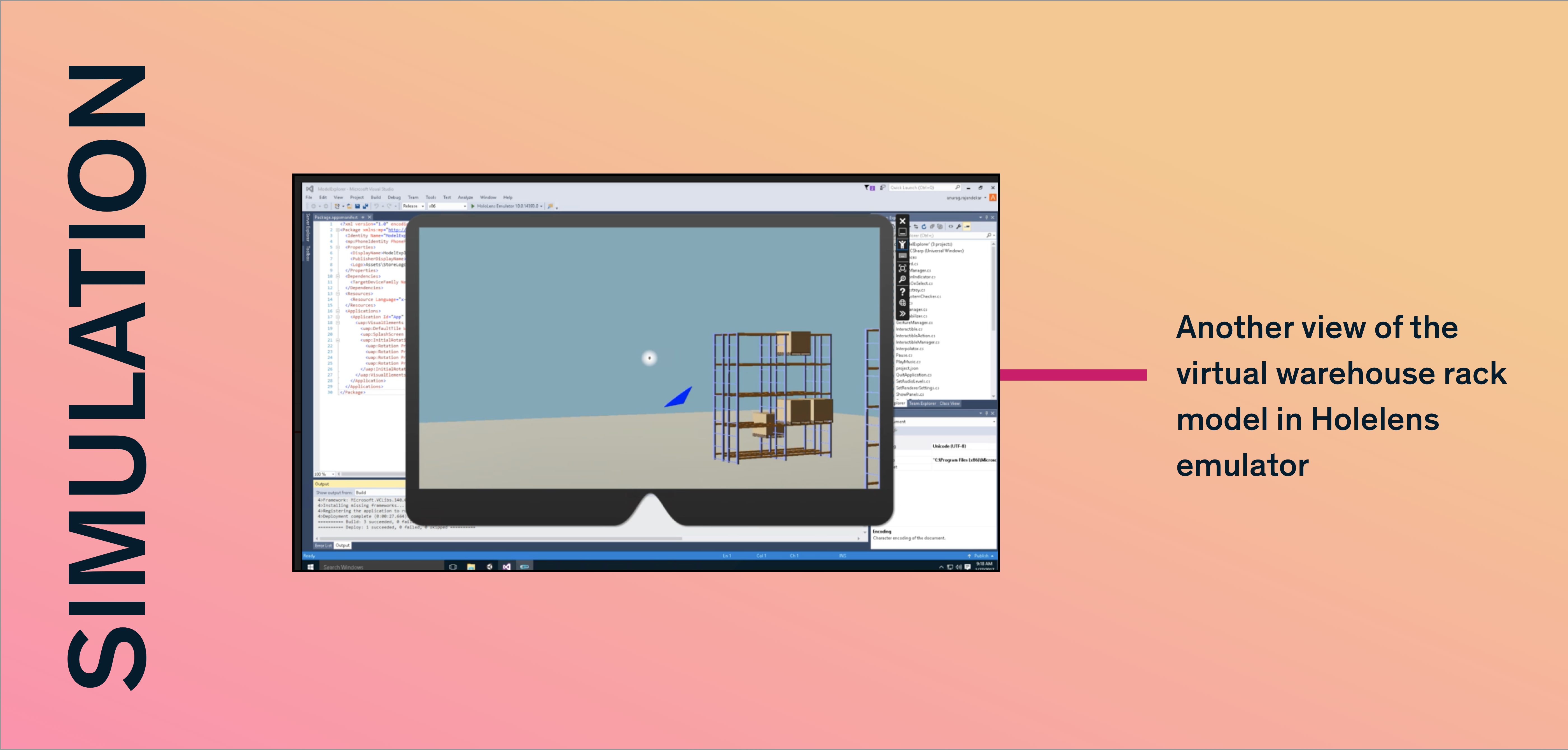
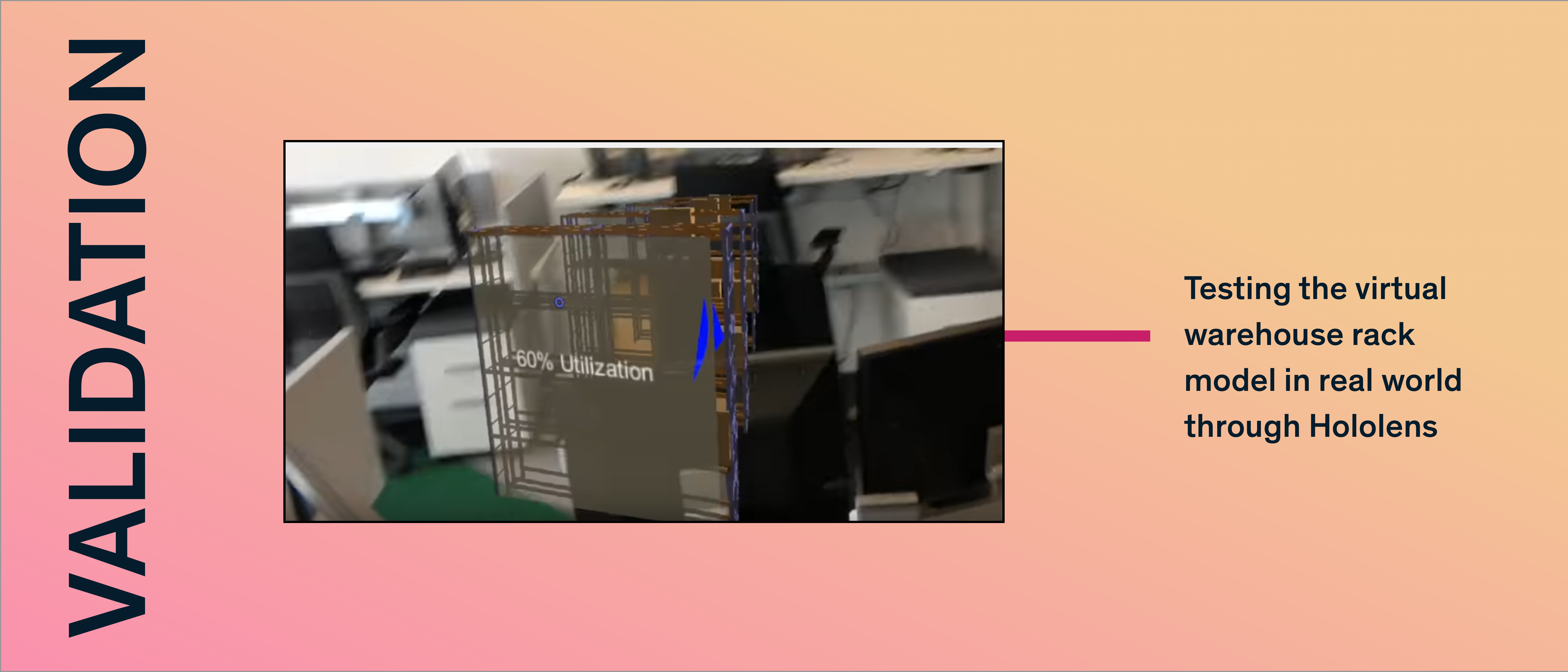
One of the key learnings for me was building functional prototypes as opposed to just static concept presentations. People tend to put their confidence in something that works, even if it's crappy enough.
We got buy-in from our business sponsors to extend this experiment and develop a full-fledged use case because of our early success.
Launch DemoOne of the key learnings for me was building functional prototypes as opposed to just static concept presentations. People tend to put their confidence in something that works, even if it's crappy enough.